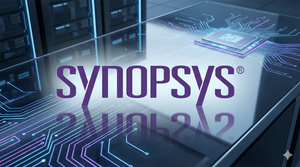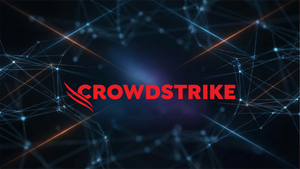AI and cyberthreats: How to protect your home network
(BPT) - With AI and cybersecurity threats regularly in the news, you may wonder how this might affect your home network and personal devices. According to the Comcast Business 2024 Cybersecurity Threat Report, phishing remains the primary method used by attackers to access networks, and over 90% of the 2.6 billion phishing interactions Comcast Business blocked were designed to direct victims to sites hosting malware - any malicious program or code designed to invade networks and devices. These attempts threaten businesses and consumers alike, because breaches ultimately expose consumer information to bad actors.
"Armed with a newfound arsenal of AI-based capabilities and a landscape littered with vulnerable systems, cybercriminals are having a moment," said Comcast's Chief Information Security and Product Privacy Officer, Noopur Davis.
The good news? Companies like Comcast also use AI to fight against bad actors. Last year alone, Comcast Business detected 29 billion attempted cybersecurity attacks against its customers relying on its security portfolio. To combat the technological advancements used by cybercriminals, a multi-layered approach combining advanced protection, detection, managed services and vigilant security practices helps companies protect their networks - and their customers - against increasingly sophisticated threats.
What companies are doing
Consumers should know that many businesses work 24/7 to protect their own networks, plus the private information of their customers. This behind-the-scenes work mitigates security breaches without the end user ever noticing. Here are a few tactics Comcast Business uses to protect businesses of all sizes from cyberthreats:
Phishing, a common entry point for cyberthreats, is thwarted by robust anti-phishing technologies, user education and email gateway platforms.
Lateral movement techniques, like stolen credentials, are used by cybercriminals to navigate networks once they're inside a system. IT staff depend on Comcast Business' cybersecurity countermeasures to identify threats by monitoring network activity for anomalies in user behavior. They use AI coupled with human expertise to detect, remove and remediate malware, phishing and ransomware attempts.
Distributed Denial of Service (DDoS) attacks attempt to disrupt a company's network, leaving it vulnerable to attack. Comcast Business blocked over 1 billion attempts to destroy data last year, including over 126 million instances of malware or botnets aimed at financial theft.
Read more about cyberthreats to businesses here.
How consumers can help
While businesses do their part to protect customer data, consumers also need to remain vigilant. Here are steps you can take to further safeguard your devices and accounts.
Embrace multi-factor authentication (MFA). It may seem annoying to have a code sent to your phone or email when you're accessing an online account, but it's worthwhile for the added protection it gives you. The additional steps required by multi-factor authentication make it harder for criminals to breach your accounts.
Guard against phishing. Sophisticated phishing attempts try to trick you to visit a fraudulent website, provide sensitive information or send money to someone claiming to be a business you know, or even a friend or family member. If you get an email or text you're unsure of, doublecheck the return email address and you may notice it doesn't look right. Go straight to the sender's website instead of the link from an email or text.
Learn about callback phishing. Email phishing scams typically contain malicious links or attachments designed to steal sensitive information or install malware on your device. These emails are often blocked by Comcast's security solutions. With callback phishing, criminals include a phone number to call instead, claiming an urgent issue needs your attention. When you call the number, a person or voice message tries to trick you into revealing your credit card number, Social Security number or login credentials. Cybercriminals spoof phone numbers and company logos to make emails look legitimate.
If you receive an email requesting that you call back:
- Never call phone numbers from an email. Go to the company's official website to find their contact information or customer service number.
- Beware of "urgent" emails. Callback phishing tries to pressure you to take immediate action. Attackers may use threats or promise rewards to persuade you.
- Guard your sensitive or personal info. Never offer your passwords, Social Security numbers or financial details over the phone unless you've verified the identity of the person you're speaking to. Legitimate organizations don't usually request sensitive information over the phone without prior authentication.
Remember, Comcast teammates will:
NEVER call you from 1-800-Comcast or 1-800-Xfinity.
NEVER ask you to provide your account login, password or Multi-Factor Authentication credentials.
NEVER ask you to download and install tools or software, unless you initiated a request.
Above all, trust your instincts. If something seems off, doublecheck by going straight to the source to confirm whether an email, text or call is legitimate.
Boost your passwords. Frequently changing your passwords is a vital safeguard against security breaches. Choose strong passwords unique to each account that you haven't used before. Don't include personal info as part of your password, such as your birthdate or kids' names. Many cybersecurity experts recommend using a password manager.
For National Cybersecurity Awareness Month this year, take extra care in how you shop and conduct financial transactions online, and pause before responding to emails to safeguard your devices, your accounts and your home network.
More News
View More




Recent Quotes
View More
Quotes delayed at least 20 minutes.
By accessing this page, you agree to the Privacy Policy and Terms Of Service.